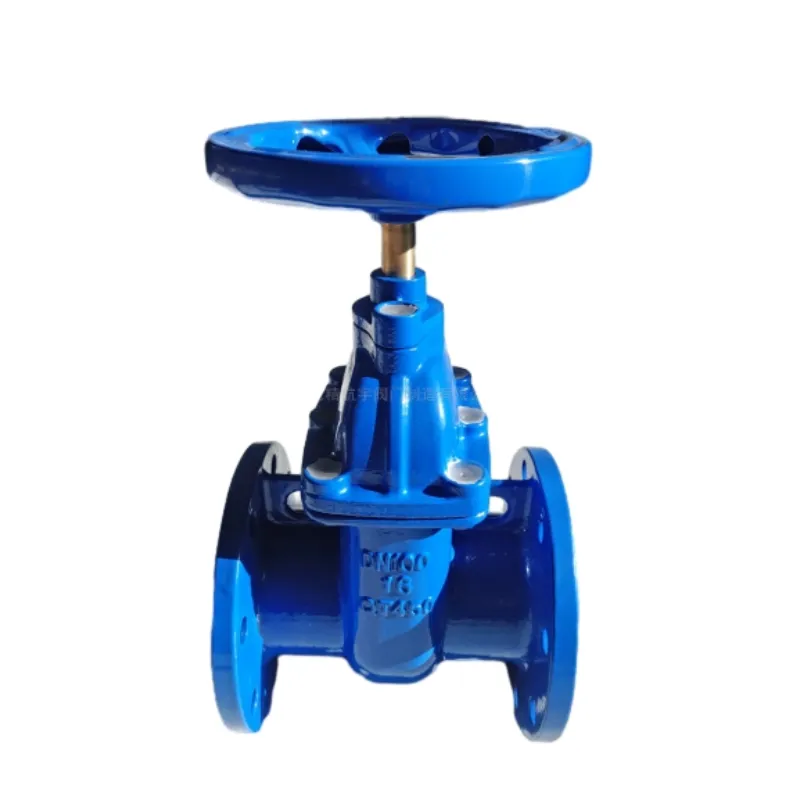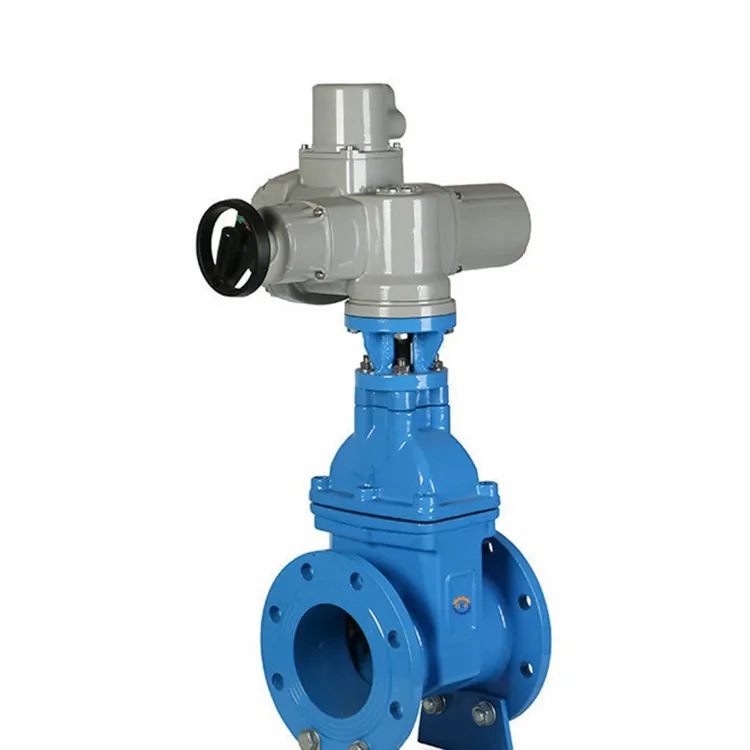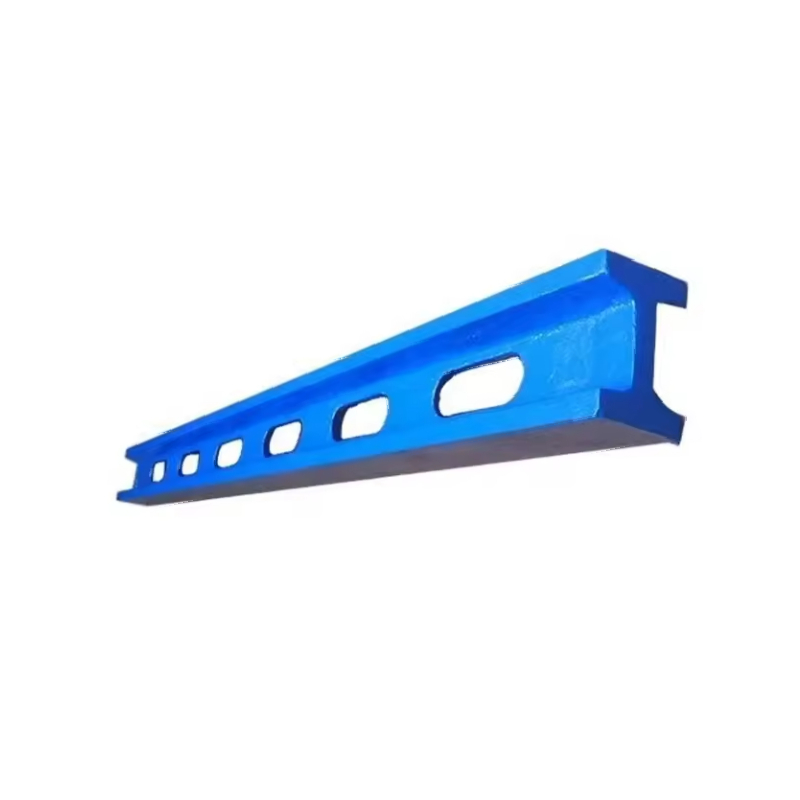12 月 . 03, 2024 16:26 Back to list
Exploring Various Types of Check Valves for Effective Fluid Control Solutions
Understanding the 5 Types of Check Valves
Check valves are crucial components in many piping systems, playing an essential role in controlling the flow of fluids, preventing backflow, and ensuring the safety and efficiency of various industrial processes. These valves operate automatically, allowing fluid to flow in one direction while preventing reverse movement. There are five primary types of check valves, each with unique characteristics and applications. This article explores these five types, providing insights into their functionalities and uses.
1. Swing Check Valve
The swing check valve is one of the most common types used in industrial applications. It features a hinged disc that swings open to allow flow in one direction and closes against a seat to prevent backflow. The valve operates solely based on the flow of the fluid; when the flow stops or reverses, the disc swings back to its closed position due to gravity or the weight of the fluid. Swing check valves are ideal for applications where the flow is relatively slow and steady, such as in water supply systems or wastewater treatment plants.
Advantages - Low pressure drop due to minimal flow restriction. - Simple design and easy to maintain.
Disadvantages - Not suitable for low-pressure or pulsating flow conditions as it may not close quickly enough.
2. Lift Check Valve
Lift check valves, as their name indicates, feature a moving disc that lifts off the seat when fluid flows through the valve. This design allows for a faster closure compared to swing check valves, making them suitable for high-velocity applications. Lift check valves can operate in both vertical and horizontal pipelines, making them versatile in installation. These valves are often seen in boiler systems, compressed air systems, and hydraulic applications.
Advantages - Quick response time with minimal water hammer. - Can handle higher pressure conditions effectively.
Disadvantages - Potential for increased pressure drop due to the way the disc lifts
.3. Ball Check Valve
Ball check valves use a ball mechanism to perform their function. The ball sits in a seat and moves upward when fluid flows in the desired direction, allowing passage. When the flow stops or reverses, the ball falls back into place, preventing backflow. Ball check valves are excellent for handling slurries, viscous fluids, and applications where debris might clog other types of valves.
5 types of check valves

Advantages - Effective in preventing backflow even in turbulent flow conditions. - Robust design minimizes maintenance requirements.
Disadvantages - Limited to applications with lower flow rates as the ball can restrict flow.
4. Diaphragm Check Valve
Diaphragm check valves utilize a flexible diaphragm that opens under positive pressure and closes when the flow ceases. These valves are particularly beneficial in handling aggressive or corrosive fluids, as the diaphragm creates a seal that isolates the fluid from the valve body. Diaphragm check valves are widely used in chemical processing, water treatment, and food and beverage applications.
Advantages - Excellent sealing capabilities for corrosive substances. - Minimal risk of leakage due to the isolation of the fluid.
Disadvantages - Limited temperature and pressure ranges depending on diaphragm materials.
5. Stop Check Valve
While primarily functioning as a stop valve, the stop check valve also incorporates a check mechanism. This allows for flow control and prevention of backflow. It consists of a disc or gate that can be manually operated to stop flow while also automatically preventing backflow. This type of valve is often used in systems requiring flow control and backflow protection, such as in irrigation systems and fire protection systems.
Advantages - Dual functionality allows for precise control over flow. - Reliable backflow protection.
Disadvantages - More complex design may require more maintenance.
Conclusion
Understanding the various types of check valves is essential for selecting the appropriate type for specific applications. Each type comes with its own set of advantages and disadvantages, making it critical to consider factors such as flow rate, pressure, and fluid characteristics when making a choice. By integrating the right check valve into a system, engineers and operators can enhance efficiency, safety, and reliability in fluid control applications.
-
Y Type Strainers: A Comprehensive GuideNewsOct.18,2024
-
Understanding Water Valve Options for Your NeedsNewsOct.18,2024
-
Functions and TypesNewsOct.18,2024
-
An Essential Component for Fluid SystemsNewsOct.18,2024
-
Adjustment and ReplacementNewsOct.18,2024
-
Slow Closing Check Valves: A Key Component in Fluid SystemsNewsOct.08,2024
Related PRODUCTS









